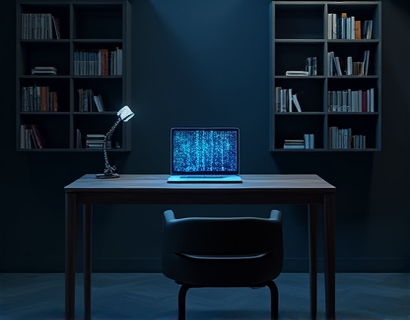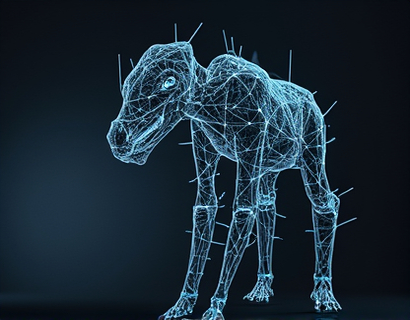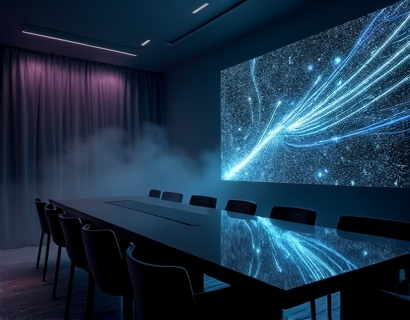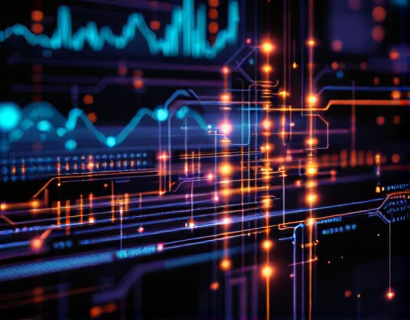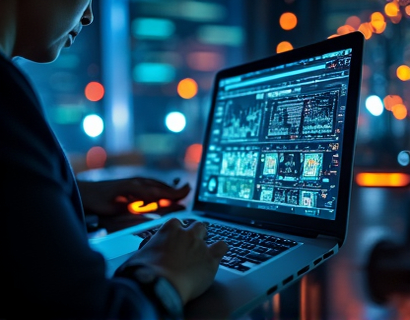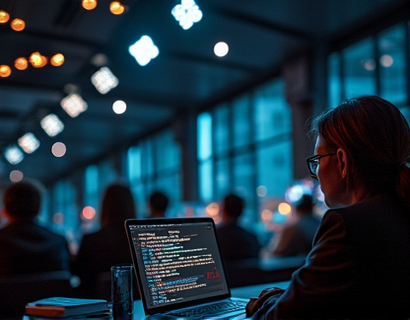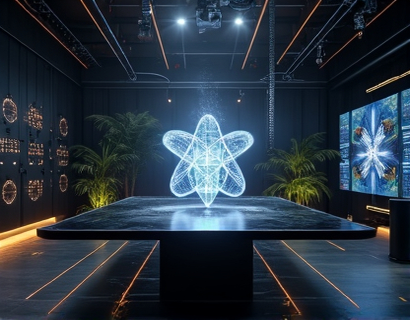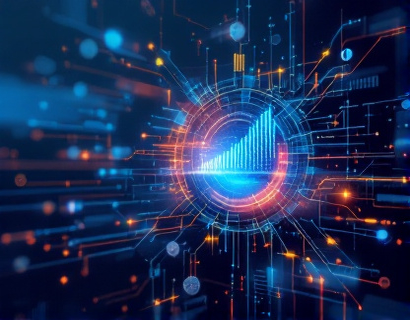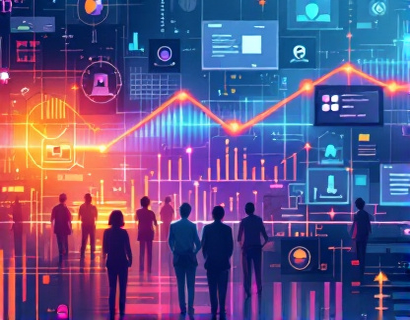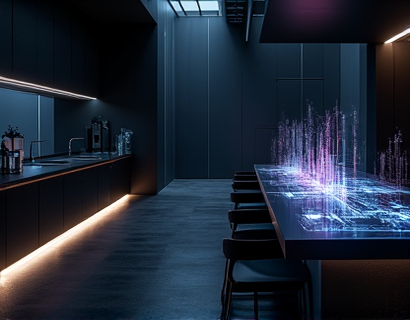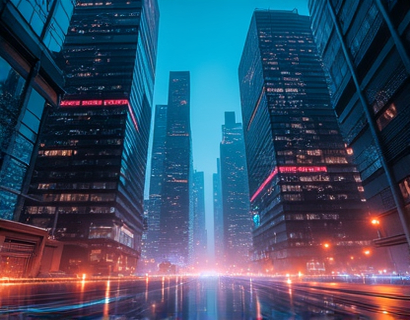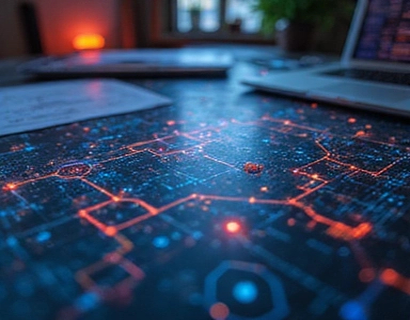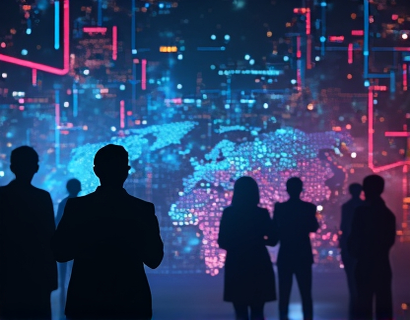Cutting-Edge AI Image Authentication: Ensuring Digital Content Integrity and Trust
The rise of artificial intelligence has brought about unprecedented capabilities in creating and altering digital images, posing significant challenges to the integrity of visual content. In an era where visual media plays a crucial role in communication, branding, and information dissemination, ensuring the authenticity of images has become paramount. This article delves into the advancements in AI image authentication technology, designed to detect AI-generated and altered images, thereby safeguarding the authenticity and integrity of digital media. This sophisticated tool is meticulously crafted to empower professionals across various fields, including digital media professionals, content creators, brand managers, security analysts, legal teams, journalists, and educators, to navigate the complexities of image manipulation and AI creation with confidence.
Understanding the Challenge
The proliferation of AI technologies has made it increasingly easy to create highly convincing fake images and videos, often referred to as deepfakes. These manipulated images can mislead public opinion, damage reputations, and even influence critical decision-making processes. The challenge lies in distinguishing between genuine and fabricated content, a task that traditional methods often struggle to accomplish. The need for advanced tools that can reliably verify the authenticity of visual content has never been more urgent.
Advanced AI Image Authentication Technology
The cutting-edge AI image authentication software leverages state-of-the-art machine learning algorithms and deep learning techniques to analyze images with unprecedented accuracy. This technology is designed to detect subtle anomalies and patterns that indicate image manipulation or AI generation. By training on vast datasets of both authentic and altered images, the system learns to identify the unique characteristics that differentiate them, enabling it to make reliable judgments about the authenticity of new, unseen images.
Key Features of the Authentication Tool
The software offers a range of advanced features that make it an indispensable tool for professionals dealing with visual content:
- High Accuracy Detection: The algorithm can identify even the most sophisticated alterations, including subtle changes in lighting, shadows, and texture that human eyes might miss.
- Real-Time Analysis: Images can be uploaded and analyzed in real-time, providing immediate feedback on their authenticity.
- Comprehensive Reporting: Detailed reports are generated, outlining the findings and providing insights into the likelihood of image manipulation.
- User-Friendly Interface: Designed with usability in mind, the software is easy to navigate, making it accessible to users with varying levels of technical expertise.
- Customizable Thresholds: Users can set custom thresholds for detection sensitivity, allowing for tailored verification processes based on specific needs and contexts.
Applications Across Various Fields
The implications of AI image authentication extend far beyond a single industry, benefiting a wide range of professionals and organizations:
Digital Media Professionals
For those in the digital media industry, ensuring the authenticity of images is crucial for maintaining credibility and trust with audiences. This tool allows editors, producers, and content managers to verify the integrity of visual elements in news articles, documentaries, and advertising campaigns, reducing the risk of reputational damage caused by manipulated content.
Content Creators
Content creators, including photographers and videographers, can use this technology to protect their work from unauthorized alterations and ensure that their original content is not misrepresented. It also helps in verifying the authenticity of user-generated content, which is increasingly important in social media platforms.
Brand Managers
Brand managers can leverage this tool to safeguard their brand's reputation by detecting and preventing the use of manipulated images that could mislead consumers. Authenticity in branding is vital, and this technology provides a robust solution to maintain brand integrity.
Security Analysts
Security analysts can utilize the software to identify and mitigate threats posed by deepfakes and other forms of manipulated visual content. This is particularly critical in areas such as surveillance, identity verification, and cybersecurity, where the authenticity of visual evidence is paramount.
Legal Teams and Journalists
Legal professionals and journalists rely on the integrity of visual evidence in their work. This authentication tool provides a reliable method to verify the authenticity of images used in legal cases, news reports, and investigative journalism, ensuring that the information presented is trustworthy.
Educators
Educators can use this technology to teach students about media literacy and the importance of verifying sources. It serves as a practical tool for demonstrating the impact of image manipulation and the need for critical thinking in the digital age.
How the Technology Works
The AI image authentication process involves several key steps that ensure comprehensive and accurate analysis:
1. Image Upload: Users upload the image they wish to verify through a straightforward interface.
2. Initial Analysis: The system performs a preliminary scan to check for obvious signs of manipulation, such as inconsistencies in lighting, shadows, and reflections.
3. Deep Learning Analysis: The core algorithm processes the image pixel by pixel, analyzing complex patterns and features that indicate alteration or AI generation. This includes examining metadata, texture analysis, and pattern recognition.
4. Comparison with Known Data: The system compares the analyzed image with a vast database of known authentic and manipulated images to identify similarities and discrepancies.
5. Generation of Report: Based on the analysis, the software generates a detailed report highlighting the findings, including the likelihood of manipulation and specific areas of concern.
This multi-layered approach ensures that the authentication process is thorough and reliable, providing users with confidence in the results.
Benefits of Using AI Image Authentication
The adoption of AI image authentication technology offers numerous benefits across various sectors:
1. Enhanced Trust: By verifying the authenticity of visual content, organizations can build and maintain trust with their audiences, stakeholders, and partners.
2. Improved Decision-Making: Accurate verification of images leads to better-informed decisions, reducing the risk of relying on false or manipulated information.
3. Reputation Protection: Brands and individuals can protect their reputations by quickly identifying and addressing any manipulated content that could harm their image.
4. Legal Compliance: Legal teams can use the tool to ensure that visual evidence meets the required standards of authenticity, supporting compliance with legal and regulatory requirements.
5. Educational Value: Educators can use the technology to enhance curriculum on media literacy, critical thinking, and digital ethics.
Challenges and Future Developments
While AI image authentication technology has made significant strides, there are still challenges to overcome. As AI creation techniques evolve, so must the authentication tools. Continuous research and development are essential to stay ahead of emerging manipulation methods. Additionally, ensuring the privacy and security of the images being analyzed is a critical consideration, as the technology must be designed to handle sensitive data responsibly.
Looking forward, the integration of AI image authentication with other technologies, such as blockchain for immutable record-keeping and augmented reality for enhanced verification experiences, holds promise for even more robust and user-friendly solutions. The future of visual content verification is bright, with ongoing advancements poised to further enhance the accuracy and accessibility of these critical tools.





